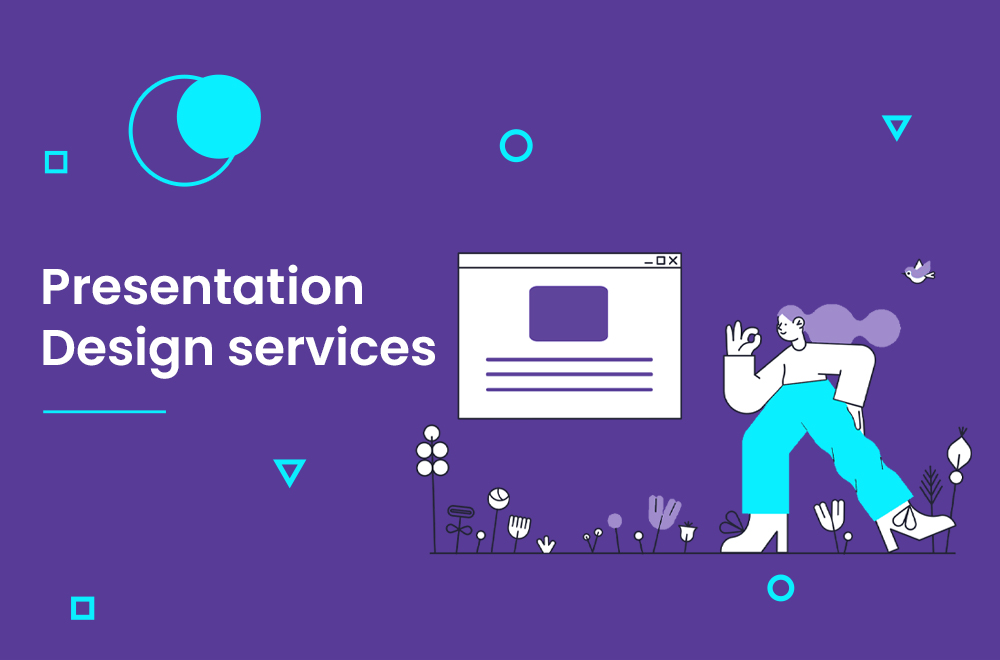Table of Contents
The first step involved on presentation
If you let it be, preparing a presentation can seem overwhelming. These steps and strategies will help you to break down what might seem like a daunting task into smaller, more manageable ones.
Know your audience
Learn more about your audience before you start preparing a presentation. To understand the expectations of your audience members, it’s a good idea gather information about their backgrounds, values and interests. If you are giving a presentation to someone who is unfamiliar with your topic or industry, you might need to explain specific terms or present your message in a way that makes it easy for them to understand. You can revise the presentation as necessary to make sure everyone understands what you are saying.
Choose a topic
Next, choose a topic that is both of interest to the audience as well as to you. It is easier to present a presentation that the audience finds interesting and it will be more fun to do research on a topic that interests you.
Define your presentation’s objective
After you have chosen a topic, create the objective of your presentation in one concise sentence. Your objective should clearly state what you want your audience learn from your presentation. The time available for the presentation as well as the background knowledge of your audience will determine the content’s level and objective. This statement will help you stay focused while you research and create the presentation.
Create the body of your presentation
Once you have established the purpose of your presentation, decide how much information can be presented in the time limit. To prepare the perfect presentation, you should use your audience knowledge. It is important not to make a presentation too simple or too complex.
Your ideas should be presented in the body section of your presentation. You must illustrate and support your ideas in order to convey them convincingly. Here are some strategies to help you accomplish this:
- Current data and facts
- Get quotes from experts
- Share your personal experiences
- Provide vivid descriptions
Remember to include variety in your presentation’s body. Many facts can quickly bore listeners, or they might tire of hearing stories after story.
Choose your visuals carefully
Remember that visual aids are meant to complement your oral presentation and not replace it. Your slides should provide a summary of the points or illustrate the concept you are discussing. However, you remain the main focus.
Do not rely on slides to read aloud. Instead, use them as a starting point for your story.
It is also important to remember that a presentation can only be as good as its content. Your presentation may look great visually, but your audience will not be able to see the point if they lack knowledge.
Prepare the introduction
After you have prepared the body of your presentation, you can decide how to begin and end it. The introduction should grab the attention of the audience. The conclusion should summarize and reiterate your key points. Tell them what you are going to say. Tell them. Tell them.
It’s crucial to grab the attention of the audience during the opening portion of your presentation. Listeners will quickly turn their attention to someone else and it will be difficult for you to get it back. Here are some strategies you could use:
- The introduction should be relevant to the listener’s goals, values, or needs.
- Ask questions to stimulate your thinking
- Share your personal experience
- Start with a joke, or a humorous story
- Create a cartoon-like or colorful visual
- Make an inspiring or stimulating statement
- Give a unique demonstration
Your topic and purpose should be clearly presented during the opening. Clarifying the topic and purpose clearly will allow listeners to focus on your main ideas and be able to follow them.
In the conclusion, reiterate the main points you have communicated. Don’t forget that your presentation is only remembered by the key ideas. You can help your audience recall the main ideas by reinforcing them and reviewing them.
Don’t rely upon technology
We have all seen the pain of a presenter trying to fix a broken USB stick or get their projector working. With a little planning, it’s possible to minimize the chance of technology tripping up.
You should test your presentation with the exact same equipment you will be using in the real thing. If you can’t make it to the event on time, be sure to do a practice run. You should know how to connect your laptop to your projector. If your presentation contains links to video clips or web pages, make sure they are working before you start. If things go wrong, make backups and print a few copies.
But, don’t depend too much on your slides. You should always be able to present your presentation without your slides, and if you need them, use your index cards or notes as memory aids.
Don’t panic if technology fails. Everyone in the room will experience it at one point or another. It’s okay to be a little shaky.
Delivering the presentation
While most people spend hours prepping a presentation, they don’t practice it enough. You can decrease the frequency with which you say words and phrases such as “um,” “well,” or “you know” when you practice your presentation. These behaviors can quickly diminish credibility. To make sure that you are making the most of your time, it is possible to fine-tune your content.
Presentation design services :
With our presentation design services, we can help you create an amazing visual representation of your business. They are designed by professional strategists and designers who understand how important it is to have visuals that communicate clearly and effectively while still being aesthetically pleasing. They’re also created using the most up-to-date data so they won’t become obsolete quickly like other types of marketing material might be.






